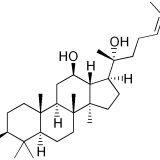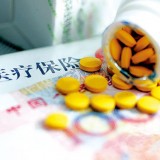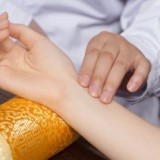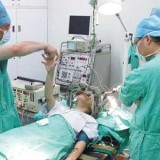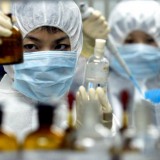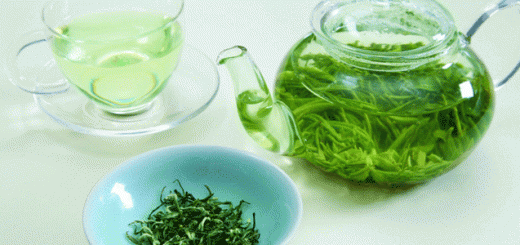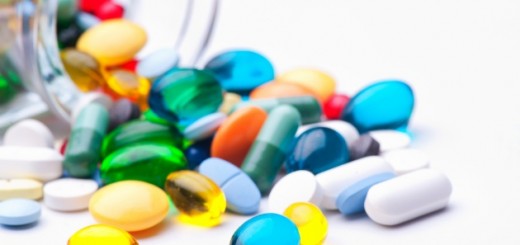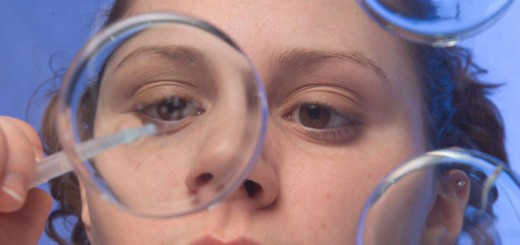MMP-1 is an enzyme which is able to digest collagen in the skin, and overe-exposure to UV will excessively activate MMP-1, thus leads to collagen loss in the skin, acceleartes the skin aging process. New findings in this article suggest dammarane sapogenin PPD could help the skin resist against UV abuse and retard skin aging.
Related Articles
20-O-β-d-Glucopyranosyl-20(S)-Protopanaxadiol Suppresses UV-Induced MMP-1 Expression Through AMPK-Mediated mTOR Inhibition as a Downstream of the PKA-LKB1 Pathway.
J Cell Biochem. 2014 May 12;
Authors: Shin DJ, Kim JE, Lim TG, Jeong EH, Park G, Kang NJ, Park JS, Yeom MH, Oh DK, Bode AM, Dong Z, Lee HJ, Lee KW
Abstract
Various health effects have been attributed to the ginsenoside metabolite 20-O-β-D-glucopyranosyl-20(S)-protopanaxadiol (GPD); however, its effect on ultraviolet (UV)-induced matrix metalloproteinase (MMP)-1 expression and the mechanism underlying this effect are unknown.
We examined the inhibitory effect of GPD on UV-induced MMP-1 expression and its mechanisms in human dermal fibroblasts (HDFs).
GPD attenuated UV-induced MMP-1 expression in HDFs and suppressed the UV-induced phosphorylation of mammalian target of rapamycin (mTOR) and p70(S6K) without inhibiting the activity of phosphatidylinositol 3-kinase and Akt, which are well-known upstream kinases of mTOR.
GPD augmented the phosphorylation of liver kinase B1 (LKB1) and adenosine monophosphate-activated protein kinase (AMPK), which are inhibitors of mTOR, to a greater extent than UV treatment alone.
Similar to GPD, 5-aminoimidazole-4-carboxamide-1-β-d-ribofuranosyl 5′-monophosphate (AICAR), an activator of AMPK, augmented UV-induced AMPK phosphorylation to a greater extent than UV treatment alone, resulting in the inhibition of MMP-1 expression. AICAR also decreased the phosphorylation of mTOR and p70(S6K) .
However, compound C, an antagonist of AMPK, increased MMP-1 expression. In HDF cells with AMPK knock-down using shRNA, MMP-1 expression was increased.
These results indicate that AMPK activation plays a key role in MMP-1 suppression. Additionally, the cAMP-dependent protein kinase (PKA) inhibitor, H-89, antagonized GPD-mediated MMP-1 suppression via the inhibition of LKB1.
Our results suggest that the suppressive activity of GPD on UV-induced MMP-1 expression is due to the activation of AMPK as a downstream of the PKA-LKB1 pathway.
J. Cell. Biochem. © 2014 Wiley Periodicals, Inc.
PMID: 24821673 [PubMed – as supplied by publisher]
Source: PPT and PPD






















